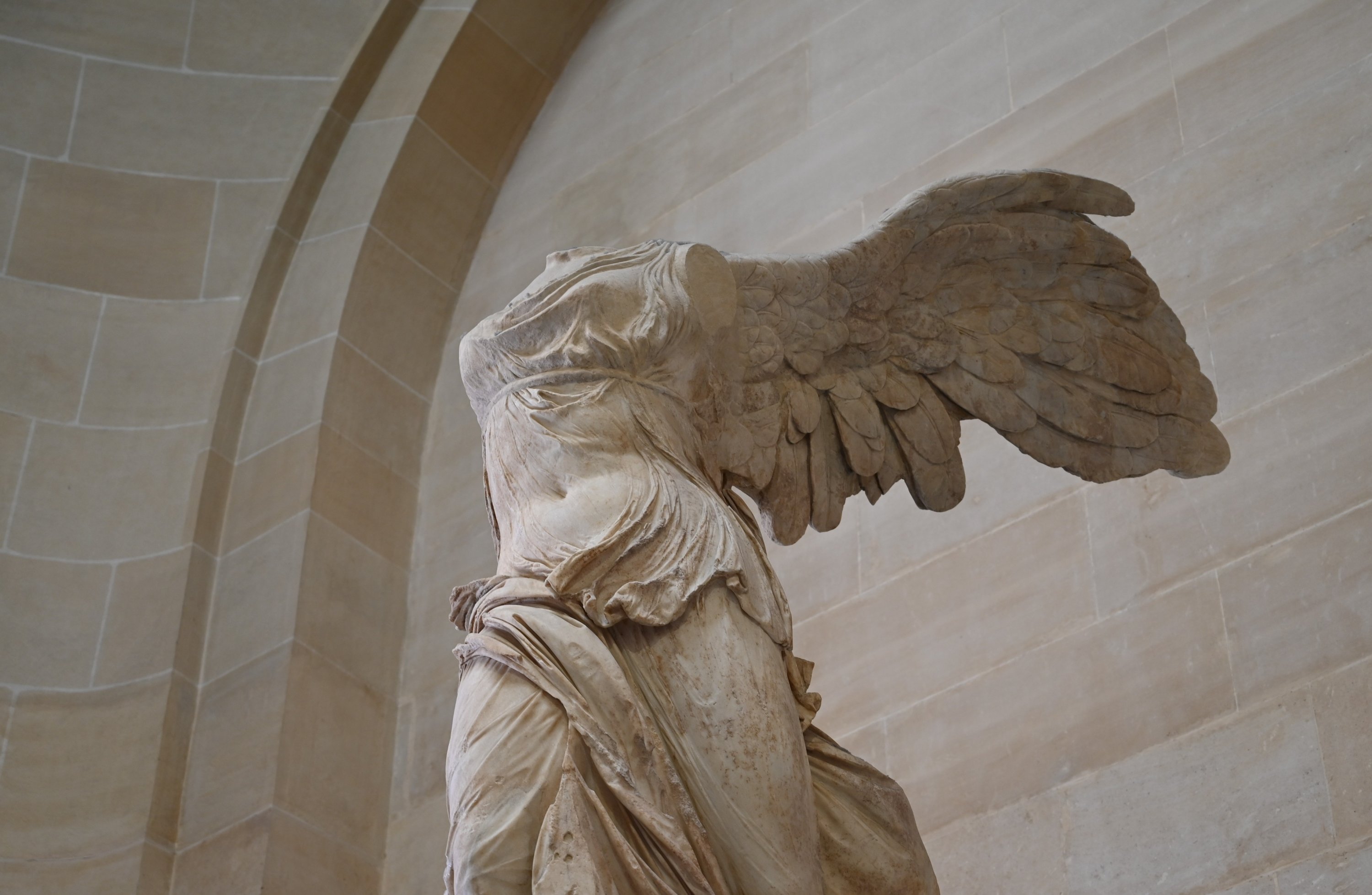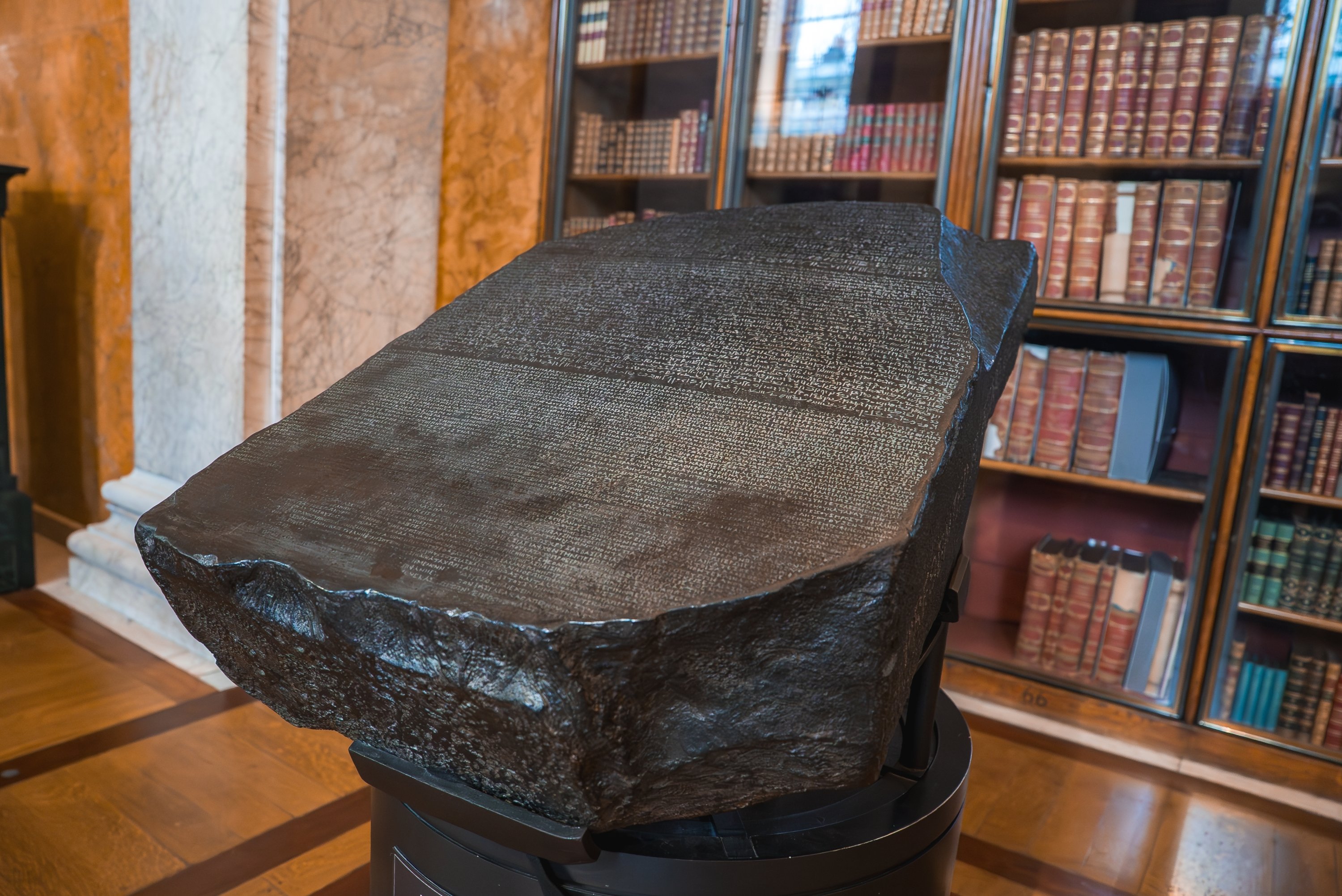© Turkuvaz Haberleşme ve Yayıncılık 2025
The reliefs of Persepolis once depicted the envoys who appeared before the Achaemenid king. Even though these reliefs have recently returned to their rightful place in Iran in 2024, they were held in United States museums for many years. I have decided to write this article upon my recent trip to Iran. As I gazed at what remained of the Persepolis, also known as the Throne of Jamshid, not only my aesthetic sensibilities but also my sense of justice were shaken. Because some of these pieces have only recently returned to their rightful place. However, the Cyrus Cylinder is still not in its homeland. Hundreds of artifacts taken away from Turkey, Egypt, Syria and other places are still waiting in foreign museums for the time when they will return to their homes.
The Rosetta Stone, exhibited at the British Museum in England, was the key to deciphering the Egyptian writing system. But the question is: Why is that stone still not in Egypt? The Nereid Monument, taken from Antalya's Kaş and displayed in the same museum, was part of the ancient Lycian culture. Today, it is presented with the commentary of a British curator. The Cyrus Cylinder is widely regarded as the first declaration of human rights. Isn't it a striking contrast that the declaration of human rights is in the hands of the world's greatest colonial power? The Pergamon Altar, on display at the Pergamon Museum in Berlin, Germany, was removed from Türkiye's Bergama. The Winged Victory of Samothrace, taken from the island of Samothrace, also known as Samothraki, a few kilometers from Gökçeada, is on display at the Louvre, where it greets visitors majestically at the main entrance hall, whereas its homeland is Greece. The Lion of Knidos from Türkiye's Datça is in London. A sword belonging to Sultan Suleiman the Magnificent and a tile panel of Selim II taken from Hagia Sophia are also on display at the Louvre Museum in Paris.

This is not just a matter of physical relocation. These artifacts have been stripped of their context and reduced to aesthetic objects. The language, culture and land to which they belong are now disregarded.
Western museums often defend themselves by citing legal documents. They make statements such as, “We purchased them, we obtained permission from the state, we acquired them as spoils of war.” But today, everyone knows that many artifacts were acquired through occupation, war, colonialism or illegal excavations. During the decline of the Ottoman Empire, imperial heritage was gradually transported abroad. Today, the Louvre Museum houses over 17,500 artifacts from the Islamic world. This number not only reflects the collection’s enormous size but also how systematically the memory has been dismantled.
So, what lies beneath this passion for collecting? Centuries ago, with the advent of the Western "Enlightenment," occurred this desire to acquire artifacts from the East. Was it merely simple curiosity? Or was it the product of a much more sinister intention?
I doubt that the European "explorers" or "archaeologists" of that era were examining these artifacts merely out of scientific curiosity. In their eyes, there was a burning desire to transport, display and even claim the aesthetics and knowledge of those civilizations as their own, much like a newly discovered plant species. This mindset was so ingrained that even a piece discovered by chance by a worker would immediately be reported to the relevant authority and efforts to acquire it would begin. It was as if these artifacts were transformed into spoils of the "Oriental" world newly discovered by the West. By bringing the splendor of a civilization into their own halls, they were experiencing a kind of "collector's" satisfaction. Isn't this just a manifestation of the tradition of cabinets of curiosities? Perhaps this was a way to reinforce their sense of "superiority," as if to say, "Look, we can even preserve and display the heritage of these ancient, 'backward' civilizations." The fact that the magnificent Iznik tiles of the Ottoman Empire adorned the homes of European aristocrats is further proof of this lust for aesthetics and desire for possession.

How this large-scale cultural theft was made to appear "legal" has always been a source of great wonder to me. The legal cover of the time, with the sleight of a magician's hand, made theft appear to be a legitimate acquisition. The final years of the Ottoman Empire, when it had grown weak, presented Western powers with the opportunity to turn Anatolia upside down and "take away" its treasures. The capitulations gave this plunder an "official" veneer. Imagine being able to excavate a country's soil and take the most valuable pieces you find back to your own country with "legal" permission. This is a situation that would never be acceptable under today's legal and moral standards.
The same situation applied to Egypt. The way the Rosetta Stone changed hands following Napoleon's campaign and the subsequent intervention of the British is a product of this colonialist mindset. The international law of that era favored those in power. Outdated and unjust concepts such as the "finder's right" principle opened the door to some of history's greatest cultural heritage thefts. The “universality” argument still defended by major Western museums today is a modern continuation of these "legal cover-ups." Removing an artifact from the lands it belongs to and placing it in one's own museum, then calling it "the common heritage of humanity," is the clearest example of distorting history. Such artifacts can only convey a truly "universal" message within their own cultural context, in the lands to which they belong.

I believe that removing these works from their homelands is not merely a material loss. It is a severe blow to the honor, identity and sense of belonging of a nation and a civilization. Imagine that your most valuable pieces, which tell the story of thousands of years of history, are on display in the glass showcases of a foreign country. This is like taking a family's most precious heirloom without permission and using it as a decorative item in someone else's home.
Every relief removed from Persepolis, dating back 2,500 years, every mosaic transported from Anatolia, every hieroglyph stolen from Egypt, takes with it a piece of the collective memory of the land to which it belongs. This creates a kind of historical trauma for their homelands. When we look at those artifacts, we establish a bond with our own past and our own roots.
The positioning of Western museums as "saviors" or “protectors” deepens this psychological wound. The argument that "we saved them from the destruction of desert sands or wars" is nothing more than an attempt to legitimize their actions. This is a subtle but lasting trace of the colonial mindset.
The significance of the Lewis Chessmen for Scotland is another example of this psychological aspect. These figures are not just a chess set; they are also a symbol of Scotland's cultural identity and its relationship with England. The demand for their return to their homeland is not merely about the return of an artifact; it is also part of a struggle for cultural independence and dignity.
One thing I learned from my journey and the stories of these artifacts is that cultural heritage is not merely a collection. It is a living history, a breathing identity and an important part of the cultural legacy that must be passed on to future generations. Displaying this legacy in its own cultural and natural context, on the land to which it belongs, reveals its true meaning and spirit. These artifacts are a means of freely and accurately expressing their own civilizations.
Today, demand for the return of artifacts is rising in the international arena. This is not only a reckoning of the past, but also a responsibility for the future. We must pass on the legacy left by our ancestors to our children and their children in its entirety. If Western museums truly value the concept of "universal heritage," they must return these artifacts to their rightful places and protect them through global cooperation. Then, perhaps, the Cyrus Cylinder, the mosaics of Halicarnassus, the letters of the Rosetta Stone, and yes, the sword of Suleiman the Magnificent, will be reunited with the spirit of the lands to which they belong. This will not only be a return, but also a revival of lost national sentiments.
